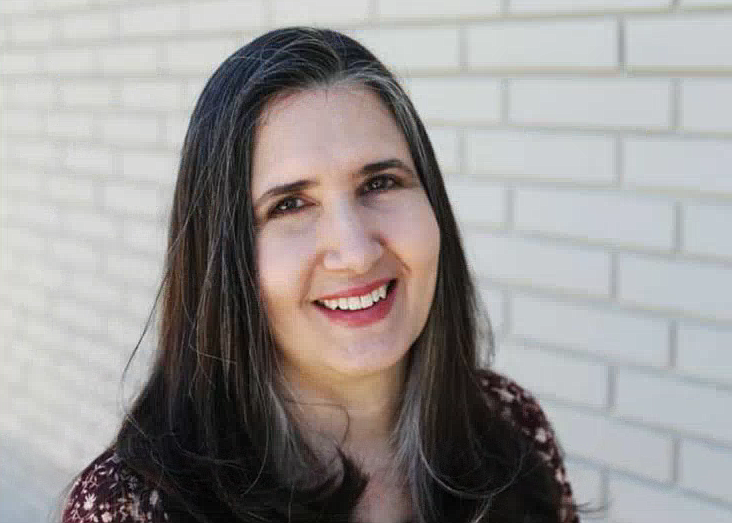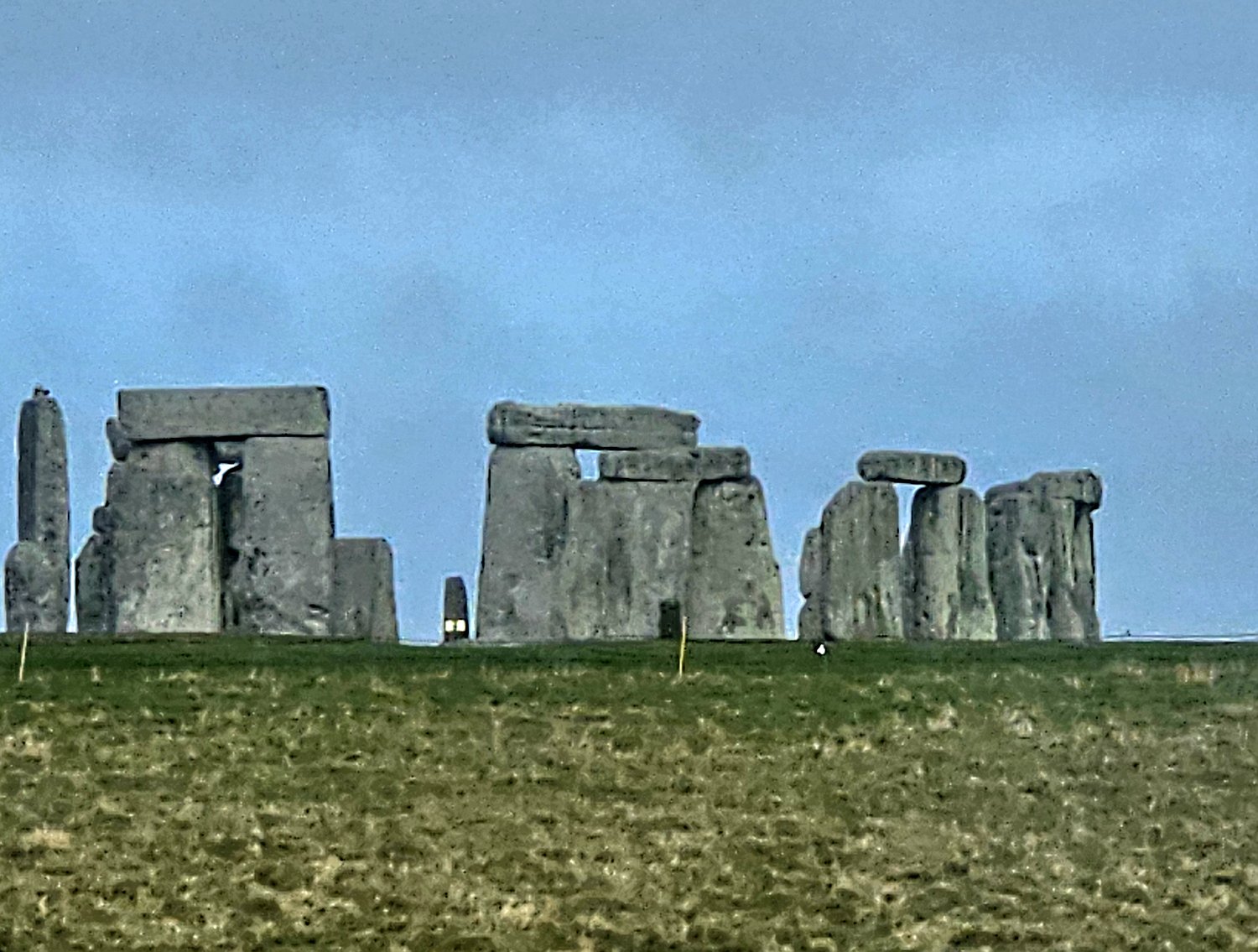Sholeh: Bring on spring!
Coeur d'Alene Press | UPDATED 10 months, 1 week AGO
After a long Idaho winter, a sunny day in the 60s is like a glimpse of heaven. Then just when you think you can put away those sweaters, the cold, mucky mix of rain and snowflakes descends yet again.
Spring, in all its glorious dichotomy, is upon us.
Precisely at 8:06 tonight, the spring equinox begins, when the sun's zenith sits directly over the Earth's equator, making day and night almost exactly even. This happens once more in 2024, on Sept. 22; the rest of the year Earth tilts either slightly toward or slightly away from the sun. In case you were wondering, the summer and winter solstices are when those tilts are at their most extreme.
"Equinox," or "aequinoctium" derives from the Latin "aequus" (equal) and "nox" (night). However, as Press weather columnist Randy Mann explained, why this equinox isn't cleanly divided into two exact, 12-hour halves is complicated. For example, the time it takes for the sun to pass the horizon in part accounts for a small variation. Think of it as an elusive moment in time, gone before you can say "sunrise."
On the year’s two equinoxes, the sun's center sets 12 hours after it rises. Before and after that, the days get longer (spring) or shorter (fall). A "day" begins when the upper edge of the sun reaches the horizon and doesn’t end until it’s below again. Of course, we see sunlight a little longer after it sets; the Earth's atmosphere refracts the sun's light, as if bending it over the visible horizon.
The Western world hasn't always marked the equinox this way. When Emperor Julius Caesar developed the first 365-day calendar around 45 B.C. he set the spring equinox at March 25, assuming the time between vernal (spring) equinoxes was 365.25 days. He was off; it's actually about 11 minutes shorter now.
The stars bow to no one.
His artificial discrepancy accumulated. Over the centuries, the equinox moved back until it reached March 11. Motivated by desires to cement celestial events with religious ones, Pope Gregory XIII established the Gregorian calendar, which had the effect of annulling the equinox's then-wide shift.
Because the spring equinox was tied to Easter celebrations, the Roman Catholic Church really didn't like a moving target. The Gregorian calendar also deleted 10 days from the old Julian calendar, and returned the off-sync lunar calendar closer to the moon’s actual phases.
Equinox celebrations are many and grand. Also known as Alban Elfed, Cornucopia, Feast of Avilon, Festival of Dionysus, Harvest Home, Harvest Tide, Mabon, Night of the Hunter, Second Harvest Festival, Wine Harvest, and Witch's Thanksgiving, autumn's emergence was called Efnniht in Old English. Stonehenge — still breathtaking in mystery and enduring scale (see recent photo) — as well as other megaliths were aligned to capture it.
Pagan celebrations were grand, typically marking the end of harvest and thanking nature, like some Native American cultures. The Mayans erected beautiful pyramids displaying triangles of maximized sunlight. The church replaced them with the tamer Michaelmas feast, still observed in some countries.
These examples are only a few. The autumnal equinox also marks the astrological sign of Libra, symbolized by evenly balanced scales. Nature's time of balance is brief — all the more reason to celebrate it.
• • •
Sholeh Patrick is a Libran columnist for the Hagadone News Network. Email sholeh@cdapress.com.





